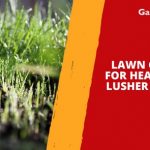Jump to:
Admiring the vibrant blooms in the garden is a joy for any gardener. Yet, hidden among the beauty are plants that can pose risks to both humans and pets. Some may have colourful bulbs when they mature, but they harbour dangers that may go unnoticed.
So, in this guide, we’ll unveil these deceiving beauties, ensuring your garden remains safe for all. Keep reading and watch out for these poisonous plants!
1. Lily of the Valley

(Image Credit: Wikimedia Commons)
Lily of the Valley is a small, bell-shaped white flower with a sweet fragrance. Its slender, arching stems bear glossy, lance-shaped leaves. The delicate blooms dangle in a charming cluster, creating an understated garden appearance.
Don’t underestimate its small stature, though — every part packs a potential punch. This charming plant conceals cardiac glycosides, triggering dizziness, vomiting, and rashes upon contact. Its allure is hazardous, especially with kids and pets in the vicinity.
To protect your furry friends from this plant, consider removing it from your garden. Wear gloves during removal to avoid contact. Dispose of plant parts carefully. Alternatively, create barriers or designate pet-safe zones to limit access. If you want to keep these delicate blooms, elevate flower beds or use fencing. Introduce non-toxic plants like marigolds or lavender as safe alternatives.
2. Wisteria
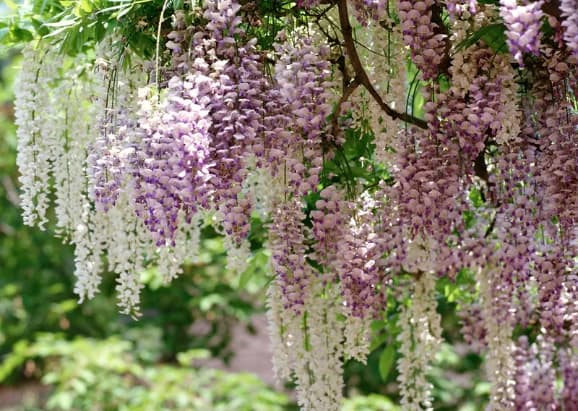
Wisteria is recognised for its cascading clusters of pea-like, fragrant flowers. Typically in shades of purple or blue, these vines feature elongated, pinnate leaves. This, in turn, creates a visually stunning display perfect for trellis arches.
Known for their magic-like appearance, they pose a threat to pets. While rarely harmful to humans, their toxic seed pods can cause digestive issues in dogs and cats. This can lead to mild stomach discomfort in animals, including horses.
If removal is necessary for pet safety, wear gloves and ensure thorough disposal. Or you may simply create physical barriers like fencing to restrict any contact. Train pets to avoid the plant, and regularly inspect the area for fallen pods. Elevate planters or create designated pet zones to minimise contact. With this approach, you can ensure their safety without having to get rid of the Wisteria.
3. Daffodil
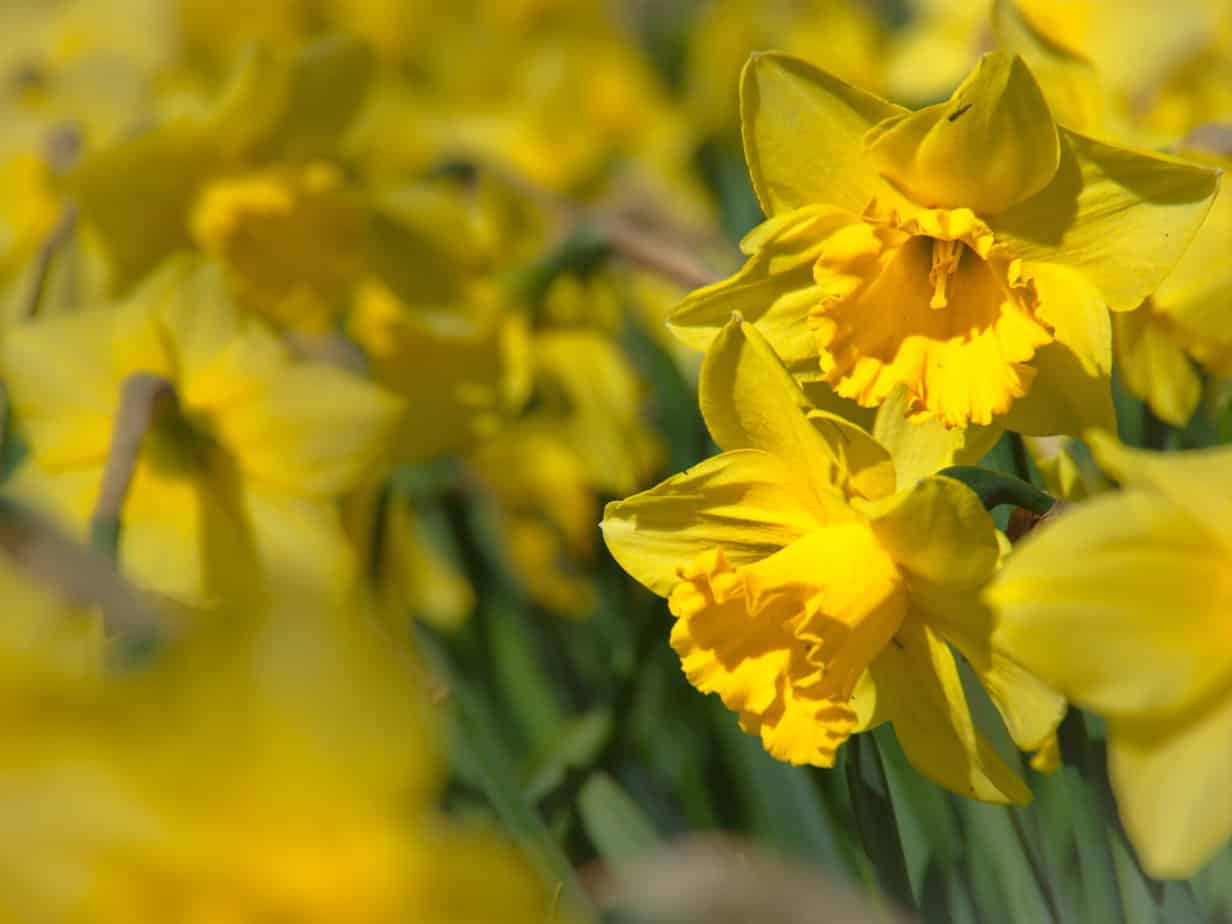
Recognisable by their trumpet-shaped blooms atop sturdy stems, daffodils may seem harmless. But the truth is that they contain toxic alkaloids. So, while they bring elegance to gardens, pet owners beware. Dogs prone to digging should be kept away from these flowering plants. Otherwise, ingestion can lead to vomiting, convulsions, and diarrhoea.
To safely remove, start by cutting the stems close to the ground using sharp scissors or shears. Dispose of the cut parts immediately. Excavate the bulbs carefully, ensuring you remove the entire root system. Then, bag them for proper disposal. After removal, replace the area with pet-friendly plants, such as Marigolds. These non-toxic blooms boast vibrant blooms and a mild fragrance. Regularly monitor and replace any sprouting daffodils to prevent accidental ingestion by pets.
4. Hydrangea

Despite its allure, the hydrangea conceals a potential threat—cyanide. While not fatal, ingestion can induce stomach pain, nausea, vomiting, and diarrhoea in both humans and pets. Severe cases may escalate to laboured breathing, convulsions, and, in extreme instances, coma.
Identifying hydrangeas is essential. These ornamental shrubs boast large, showy blooms in various hues, enhancing garden aesthetics. If removal is needed, consider strategic plant relocation to limit exposure. Replant in a well-draining location with partial shade. Indoors or in a garden greenhouse, choose a spacious container with drainage holes. Use a suitable potting mix, and provide indirect sunlight.
5. Deadly nightshade
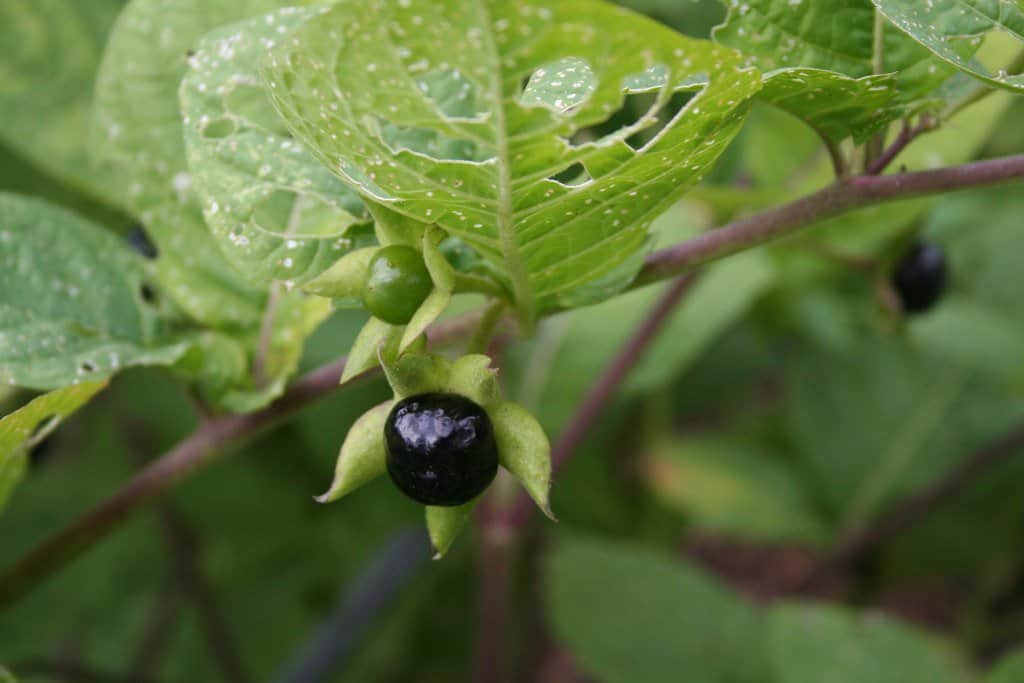
Deadly nightshades appear with glossy, dark berries and bell-shaped flowers. These blooms are widespread in central, eastern, and southern UK regions. Moreover, they pose dangers with their toxic allure. For one, they induce dilated pupils, loss of balance, and skin rashes. In severe cases, ingestion may lead to convulsions and hallucinations.
Encountered deadly nightshades in your garden? Safely relocate by carefully uprooting and preserving as much soil as possible. Opt for a potting shed when doing so for a controlled environment. Choose a well-draining pot or container and use fresh soil. Position it away from high-traffic areas. And there you have it – enjoy the beauty of its bell-shaped blooms while prioritising safety.
6. English Yew
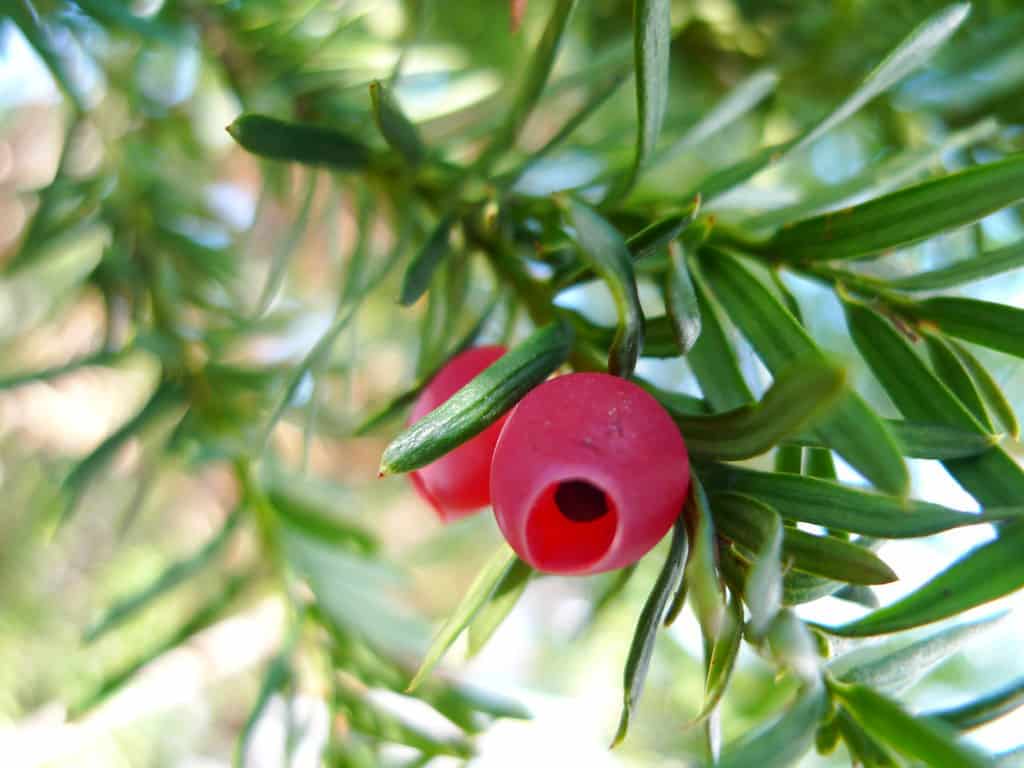
Beware the English Yew, a seemingly innocuous evergreen with hidden perils. Its entire plant is poisonous, with particular emphasis on the toxic leaves and seeds. Identified by its dense, dark green foliage and vibrant red berries, it presents hazards when consumed. Symptoms include a dry mouth, dizziness, and dilated pupils. Identifying this plant is crucial for safety.
Rather than removal, create a designated play area for pets away from these flowers. Introduce pet-friendly distractions like toys or treats to discourage exploration. Also, regularly inspect the garden, swiftly removing any fallen parts to minimise exposure.
7. Rhododendron
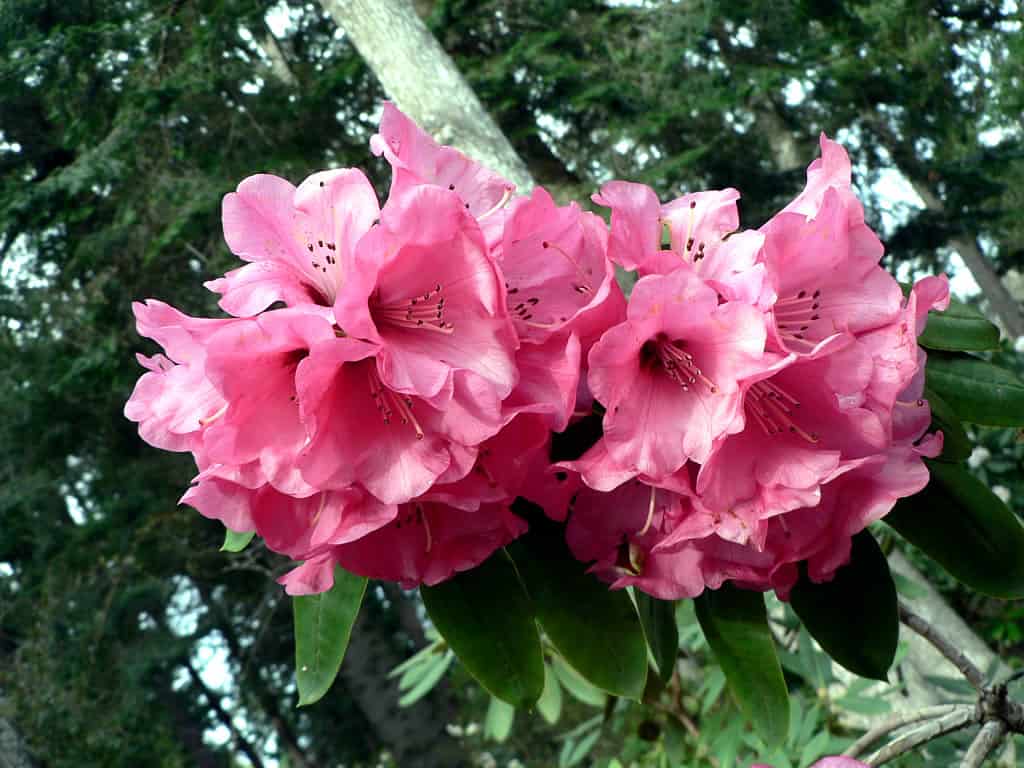
Rhododendron, renowned for its captivating blooms, conceals a lesser-known peril. The nectar induces ‘mad honey’ in bees, historically used for its hallucinogenic properties. Consumption during the Roman era was strategic, poisoning enemy troops. While rare, ingesting Rhododendron leaves, nectar, or flowers can lead to toxicity. Severe cases may result in life-threatening conditions, especially when intentionally consumed.
Recognisable by its vibrant flowers and broad evergreen leaves, the allure of this plant is coupled with caution. Educate others about the risks and, if necessary, consider planting alternative, non-toxic flora. Consider azaleas or heather, which can offer vibrant blooms and greenery without risks.
8. Hemlock
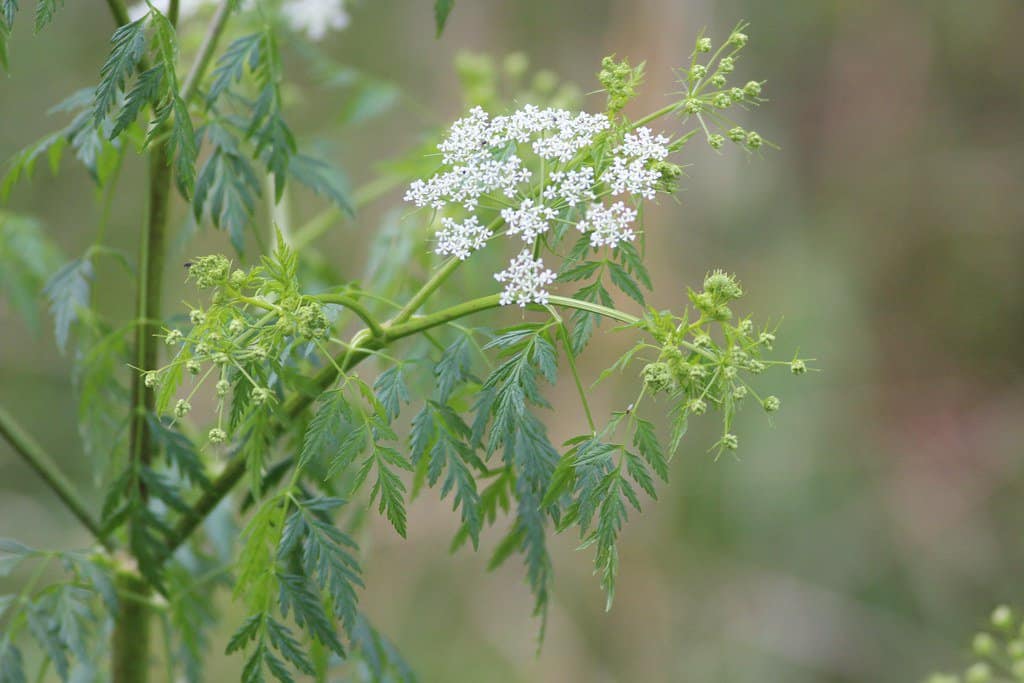
Widespread in ditches and riverbanks, Hemlock presents a perilous presence. Its entire structure, from seeds to flowers, leaves, and fruits, harbours fatal alkaloids. Even minimal exposure can disrupt nerve impulses, leading to lung paralysis and more.
It features clusters of small, white flowers on tall stems with finely divided leaves. Beyond ingestion, mere contact can trigger severe skin reactions. Awareness and preventive measures are vital. To ensure safety, promote education on Hemlock identification. And if spotted in your garden, remove the plant to mitigate the associated risks. Cut the Hemlock at its base, ensuring the removal of the entire plant, roots included. Bag and dispose of it properly to prevent regrowth.
Round-up
Creating a safe garden environment involves vigilance and informed choices. Foster awareness, promote education and implement careful removal strategies. Identifying and addressing potentially harmful plants ensures your well-being and your pets!
Explore our potting sheds and greenhouses for sale for an ideal space to nurture your blooms. Not only do they provide a perfect growth environment, but they also provide valuable storage. Visit Garden Buildings Direct today for a range of options to level up your gardening!
Up next in your reading list: Your Ultimate Plant Identification Handbook
